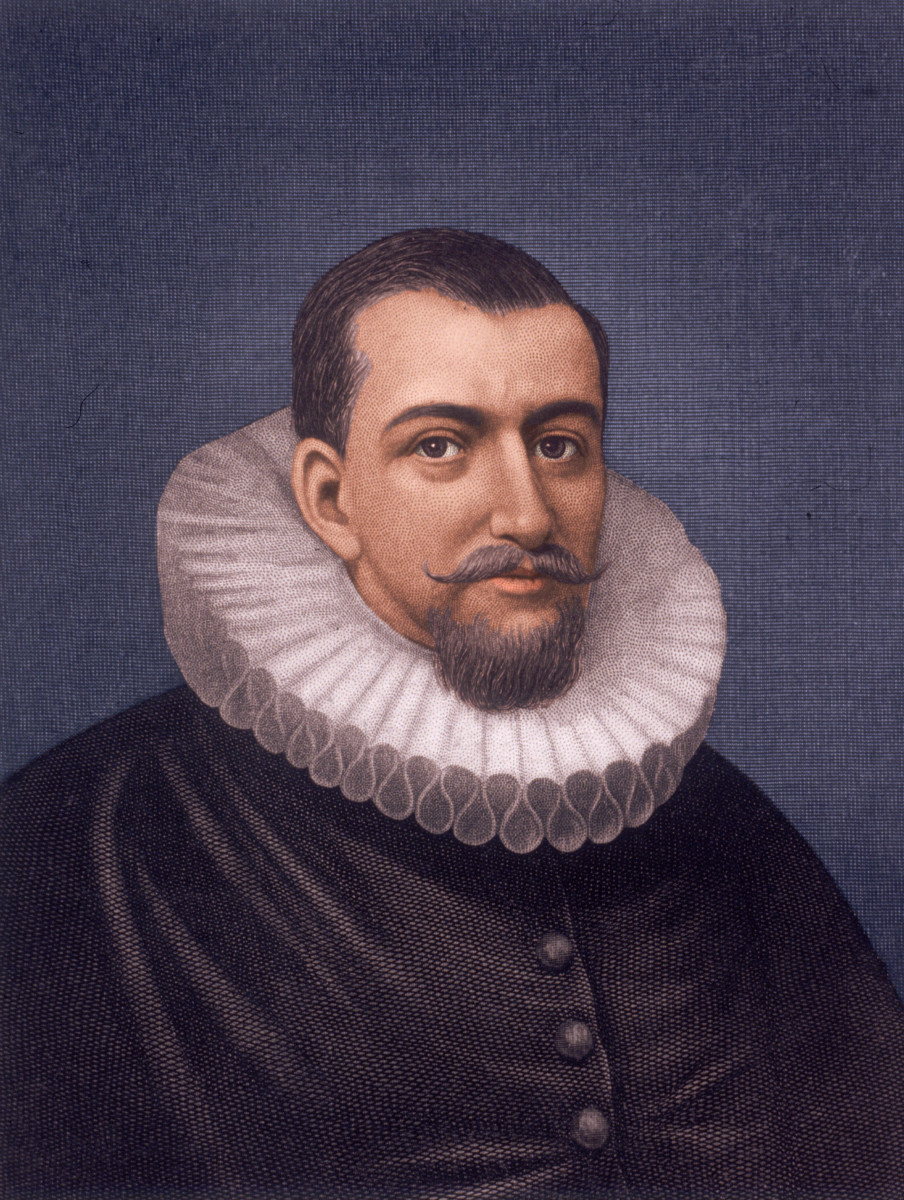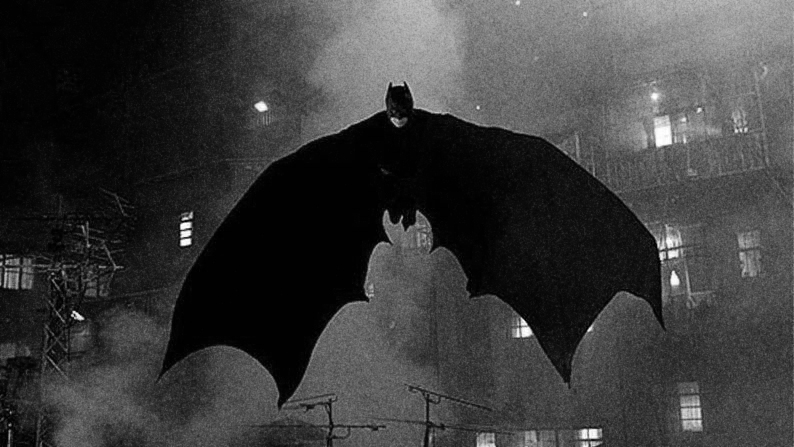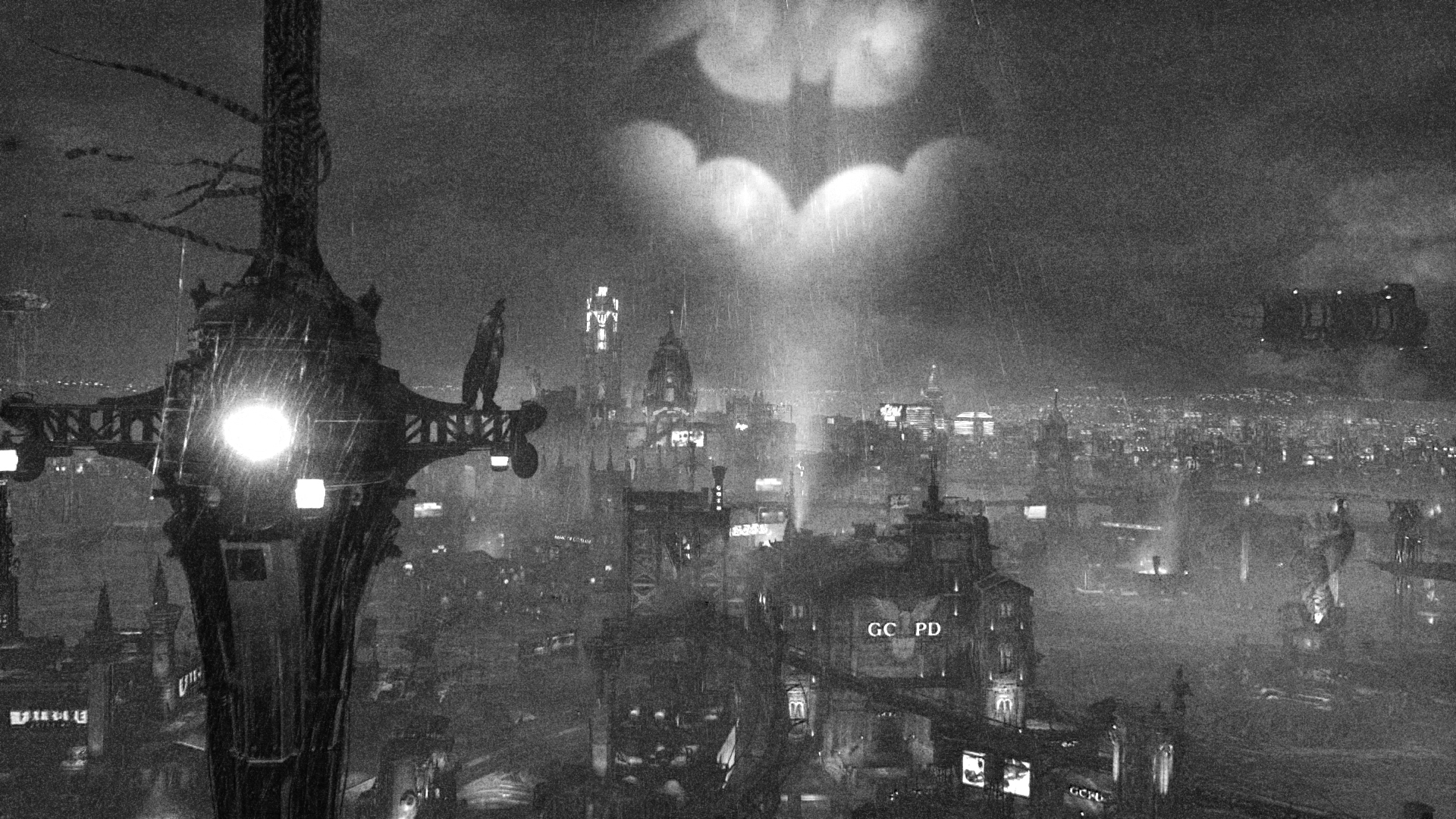Gotham has such a rich (albeit controversial) recent history, its origins are shrouded in
mystery as its not well documented. Because of this, Gothamites have told stories on its
beginnings through each new generation.
It is believed that many millenniums ago, an evil warlock was buried alive beneath what would
one day become the central island of Gotham. It is alleged that while the warlock laid in a
state of torpor, his evil essence seeped into the soil, poisoning the ground with his dark,
corrupt touch. Given Gothams history many believe this curse fathered the modern spirit of
Gotham City recent past and has even taken to calling him "Doctor Gotham".
The territory surrounding Doctor Gotham's burial spot was also the home of an ancient Native
American tribe known as the Miagani, this tribe inhabited the Gotham islands several centuries
before European explorers ever crossed the Atlantic. The Miagani tribe is no longer in existence,
and there are many stories as to their final fate.
One theory that many of Gotham citizens believe is that a shaman named Blackfire came to them,
took control of the Miagani and proved to be a cruel and evil tyrant eventually killing the
entire tribe as they fought for their own freedom.


Gothams earliest documented settlers came after 1609, when the Dutch East India Company
selected English explorer Henry Hudson to chart an easterly passage to Asia. Along his journey,
he surveyed the North-eastern coastal region of what would one day become the United States.
Following Hudson's course, Dutch pioneers sailed for this New World and began populating the
region once inhabited by the Miagani tribe. The pioneers established themselves in two different
colonies. One colony was set up along the shore and established a fishing village which eventually
developed into a thriving industry. The other was developed further inland.
As is the trend with Gotham's long history, the fate of the latter colony is shrouded in mystery.
If folklore is believed, men from the fishing community travelled to visit their inland brothers.
When they arrived in the village, they found the town deserted. It is thought the colony came upon
the sealed cave with the Miagani totem erected before it. Unaware of its significance, they ignored
the totem's warning and loosed Shaman Blackfire from the cave and the colonists were never seen again.


By the latter half of the 18th century and the early half of the 19th century, Gotham had become a major port
city known as Gotham Town.
In 1840, Gotham underwent a major urban planning initiated by Judge Solomon Wayne and architect Cyrus Pinkney
that laid the foundation of Gotham City. Under Wayne's commission, Pinkney's design was meant to invoke
a "bulwark against the godlessness of the wilds wherein we may nurture the gifts of Christian civilization
and be protected from the savagery which lurks in untamed nature." Pinkney saw his designs as an organic
whole, almost a living being that would itself fight against evil.
Although vehemently criticized by Wayne's fellow Gothamites, it in fact, was highly successful in that it attracted
others to locate their ventures nearby, which in fact became the focal point for a thriving commercial center in
Gotham's financial district. Together Wayne and Pinkney raised no fewer than a dozen other similar buildings.
Pinkney's 'Gotham Style' structure, for a time, was widely imitated, both in Gotham even other cities like Chicago
and New York despite universal vilification in the architectural world.
By the end of the century, Gotham City became a bustling hub of industry. However, it also became a haven for crime,
known more for its poverty, the squalidness of its slums and the utter corruption of its government than for
commercial and cultural achievements.


By the 1930s, crime and corruption had reached significant heights, however at the same time Gotham became
the home of two of the earliest super-heroes: Green Lantern, Black Canary and of course Batman.
However, no matter what good these forces managed to do, the city remained in the control of organized crime.
During the 1950s, Gotham evolved with the changing times, particularly in light of the paranoia perpetuated by the
Cold War. Various bomb shelters were erected all throughout the city. By the 1960s, Gotham City planners began an
ambitious project called the Underground Highway. They only managed to complete two-hundred yards worth of tunnel
before budget cuts forced them to abandon the project. In later years, the unfinished highway became a haven for the
homeless and even a few criminals such as Killer Croc.
Crime in Gotham would continue to proliferate in the later half of the century.


The increase in criminal activity would provide Gotham to host its iconic super-hero, Batman. Other vigilantes
such as Robin, Batgirl, and the Huntress appeared in the years that followed, countering the increased crime with
their presence. But with heroes, Gotham was also introduced to a number of outlandish, yet very dangerous
terrorists/super-villains such as the Joker, the Penguin, Two-Face, Poison Ivy, Riddler, and Scarecrow.
In all records and folklore, none compares to the stories of Gotham's vigilante hero, Batman.
Although in the beginning a controversial figure, crime fighting in the 1930s, he quickly
captured the hearts of Gotham's citizens with his tireless heroics. None more so, then when he
saved the city from a terrorist attack lead by a man called Bane in the early 1998. Sacrificing
himself by transporting an atom bomb off the coast of Gotham. It was regarded as his
'Last Heroic Act', coining him the nickname; The Dark Knight. This event is considered the turning
point in Gotham's History, with widely supported political policy to fund a crack down in organised crime.
Creating the Gotham you can safely visit today.
The identity of Gotham's Cape Crusader remains a mystery to do this day and sightings of Batman vary and
continue to be reported as recent as this year.